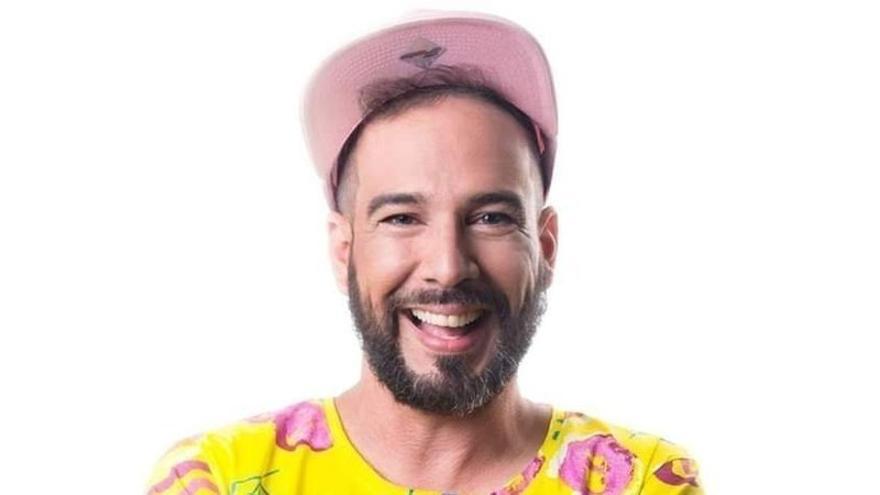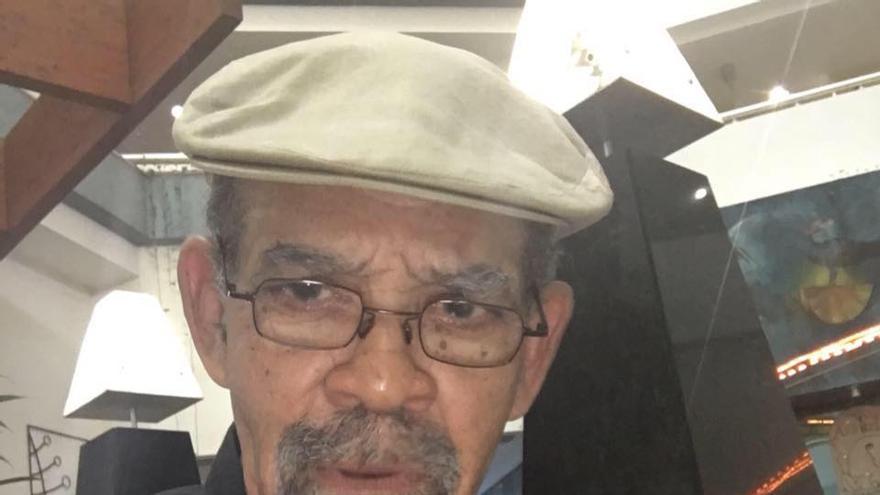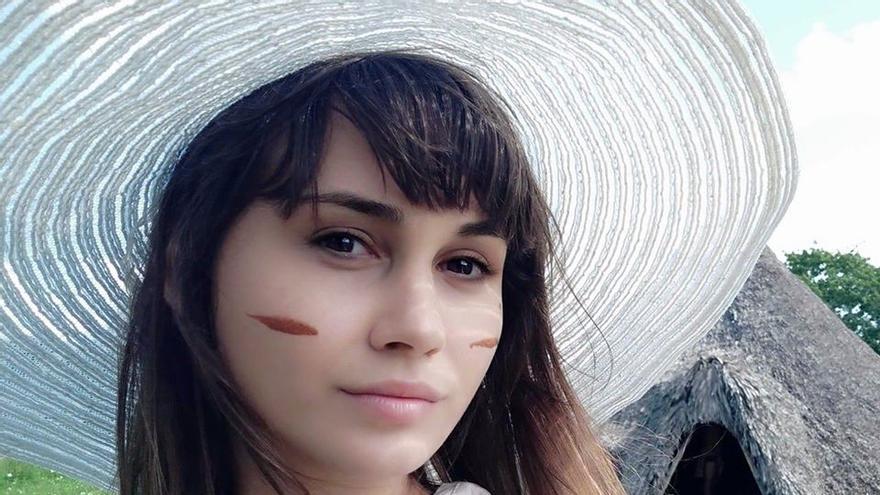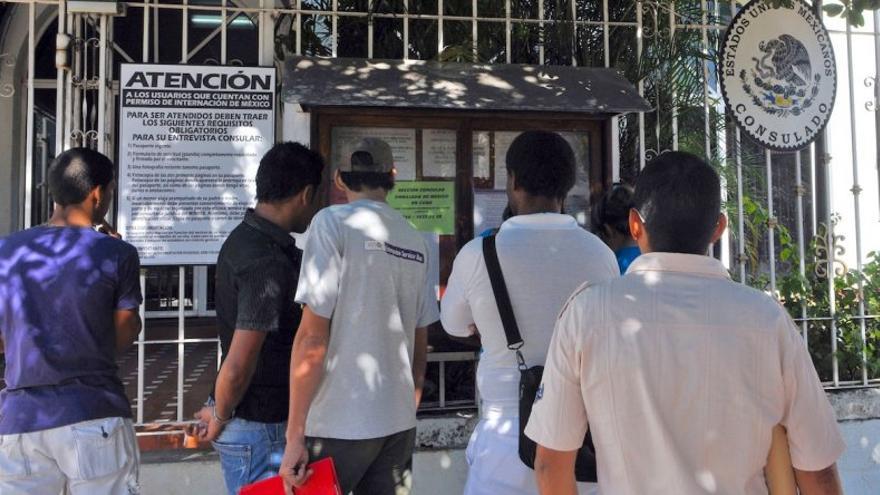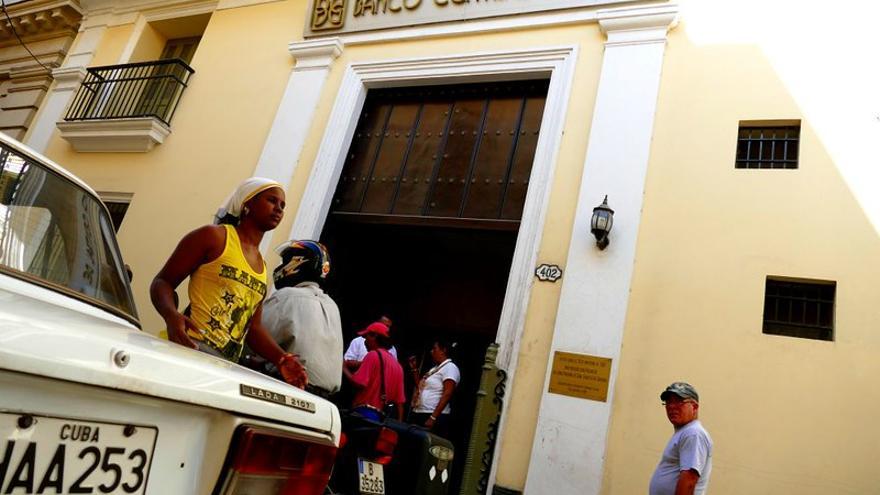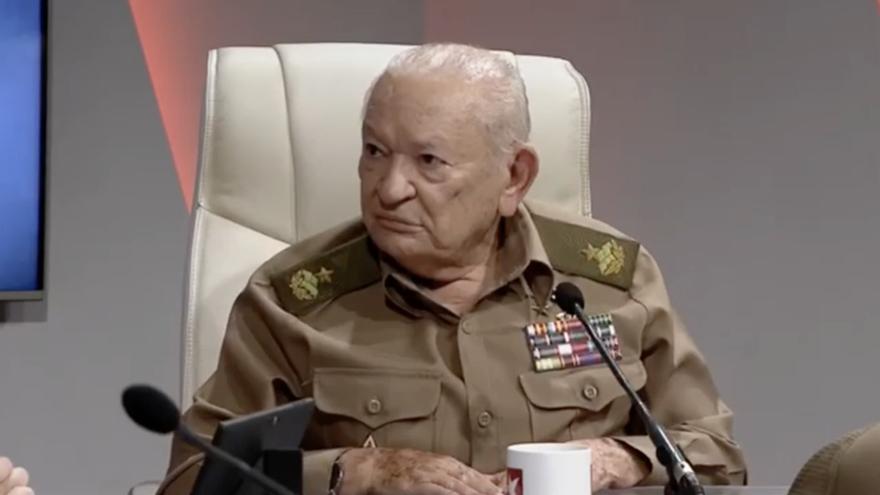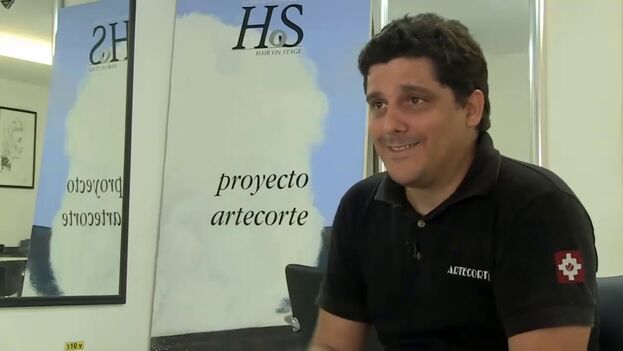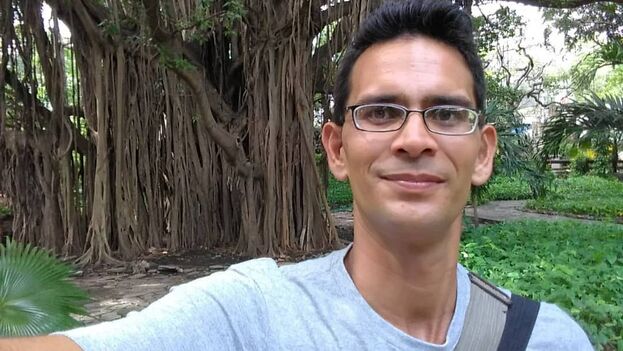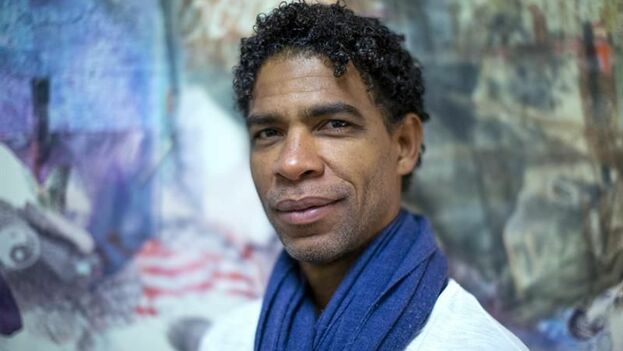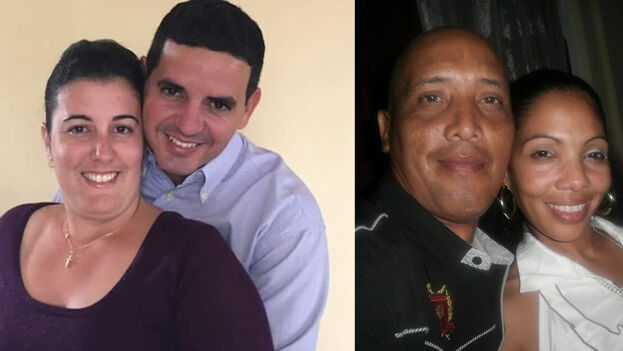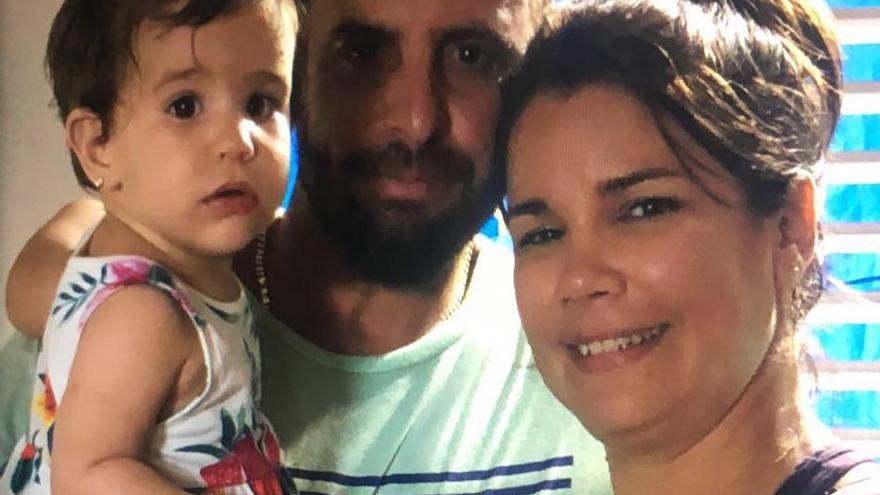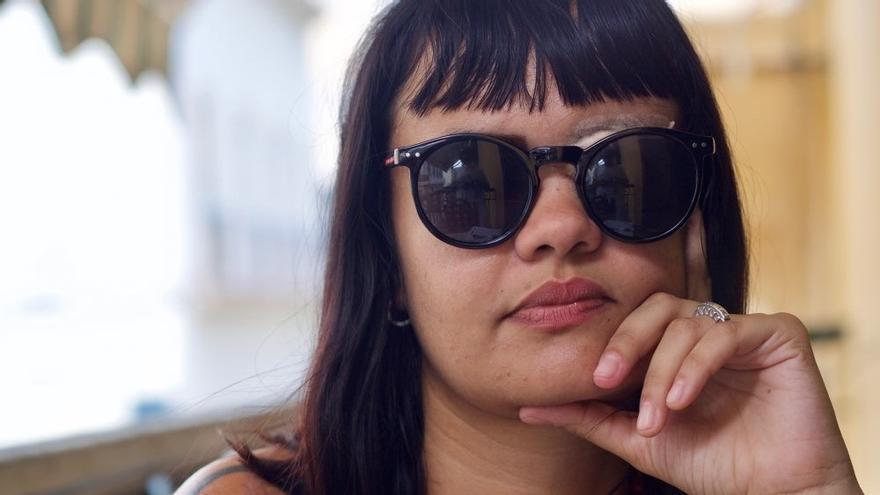
![]() 14ymedio, Havana, 10 January 2020 — Claudia Genlui Hidalgo, a worker at the Office of the Historian, was fired at the end of December after giving a talk on independent art at the Embassy of the Czech Republic. Genlui filed an appeal with the Attorney General’s Office this week despite her distrust of the usefulness of the process.
14ymedio, Havana, 10 January 2020 — Claudia Genlui Hidalgo, a worker at the Office of the Historian, was fired at the end of December after giving a talk on independent art at the Embassy of the Czech Republic. Genlui filed an appeal with the Attorney General’s Office this week despite her distrust of the usefulness of the process.
“I do not believe I will get my job back and much less the position that I had within the Office of the Historian. They were very clear and it goes beyond whether or not I committed an infraction. It has long annoyed them that I was in that position. When, in April, I commented on the arrest during the Biennial of Luis Manuel Otero, who was arrested supporting Daniel Llorente, there was already pressure placed on my to step down, but I decided I would not,” she tells 14ymedio.
As she recalls, at that time the pressure also came from her boss, who sent her a message saying she should ask to leave the workplace because she came out in defense of the artist, who is also her partner. “It didn’t seem fair and I didn’t ask to leave. I stayed there, but it generated a lot of tension,” she adds. continue reading
Although Genlui does not have good expectations fpr the outcomes of the process she has started now, she argues that she has decided to carry it out “to give visibility to the process” and to expose “all those cracks and arbitrariness that they have committed and are committing.”
For the curator there are many intellectuals and people who “were once linked to a position within the institutions as workers and, for thinking differently or relating to people who think differently, were subjected being fired from their workplace or other sanctions, as is the case with Oscar Casanella.”
Now the Prosecutor’s Office has a maximum period of 60 days to respond to the art historian, who handed them a copy of the legal document sent by her lawyers on December 30. “In that appeal the facts are narrated as they happened,” she claims.
The workers of Factoría Habana, the art gallery from which she was expelled, reject the measure imposed on her, according to her version. “One of them protested because in the meeting that was held to talk about my expulsion he was not allowed to be present while he was on vacation and only found out about it through the networks. Upon returning he made his position clear, as did my other two colleagues. Even the administrator has supported me at all times,” she says.
Despite this, Genlui is prohibited from going to the office if she is not accompanied by the administrator or a specialist. “The other day I wanted to go up to pick up some things that I had left. The fact that they wouldn’t let me pass was shocking to me, but it’s the order they have been given,” she explained. “Concha Fontenla, my director, neither defended me nor condemned me, just simply sent me a message to tell me that she wished me luck and, more recently, another to wish me a Happy New Year.”
The historian says that the fair thing would be for there to be a trial in which she can state all the reasons why she considers the measure unfair and where she can learn the true reason that she has been permanently fired from her job.
Before being fired Genlui held the position of principal specialist of Factoría Habana, which, in practice, made her director of the institution. In addition, she is part of the San Isidro Manifesto and has carried out several works related to independent art and curatorships such as the Luis Manuel Otero Alcantara project, The Flag Belongs to Everyone.
__________________
COLLABORATE WITH OUR WORK: The 14ymedio team is committed to practicing serious journalism that reflects Cuba’s reality in all its depth. Thank you for joining us on this long journey. We invite you to continue supporting us by becoming a member of 14ymedio now. Together we can continue transforming journalism in Cuba.



